What Is Sciatica?
Sciatica refers to pain that follows the path of the sciatic nerve, which runs from the lower back through the buttocks and down the back of each leg.
Importantly, sciatica is a symptom, not a standalone diagnosis. It can be caused by:
- Lumbar disc herniation compressing a nerve root
- Spinal stenosis (narrowing of the spinal canal)
- Piriformis syndrome, where tight deep gluteal muscles compress the sciatic nerve
- Facet joint or sacroiliac joint irritation
- Chronic muscle tension in the pelvic or gluteal region
Why Is Sciatic Pain So Difficult to Treat?
- Nerve pain is often sharp, burning, or electric, and doesn’t always respond to anti-inflammatories
- Effective relief requires addressing both mechanical compression and inflammatory irritation
- Chronic pain leads to muscle spasm and weakness, creating a cycle of ongoing discomfort
- Standard care (painkillers, massage, or stretching) may offer only partial or temporary relief
How Shockwave Therapy May Help with Sciatica
While shockwave therapy does not treat disc herniations directly, it can be highly effective for muscle-related sciatic pain, such as:
- Piriformis syndrome
- Myofascial trigger points in the glutes, hamstrings, or hip rotators
- Tendon irritation contributing to nerve compression
Shockwave therapy (ESWT) may:
- Reduce muscle spasm and deep tissue tension
- Improve microcirculation and nerve mobility
- Suppress local inflammatory cytokines affecting the nerve
- Promote tissue repair in overloaded or dysfunctional muscles
These effects are particularly helpful when sciatica is driven by soft tissue dysfunction, not disc pathology.
What Does the Research Say?
Chung & Wiley (2002) – Experimental Neurology
Low-energy ESWT was shown to reduce neuropathic pain through improved microvascularisation and modulation of nitric oxide synthesis.
Vahdatpour et al. (2014) – Advanced Biomedical Research
RCT comparing ESWT to corticosteroid injection for piriformis syndrome.
→ Result: Greater and longer-lasting pain relief in the shockwave group at 3 and 6 months.
Notarnicola et al. (2018) – Medical Ultrasonography
ESWT was effective in relieving deep gluteal pain caused by sciatic nerve compression, particularly when paired with targeted rehabilitation.
Sydney Chiropractor’s Clinical Perspective
At Tensegrity Sports Clinics, we use shockwave therapy for patients whose sciatica is linked to muscle or soft tissue involvement — not severe disc issues.
It’s most effective when:
- There’s clear gluteal or piriformis contribution to the symptoms
- Pain is felt in the buttock or back of the thigh, especially with sitting, walking, or running
- Patients have chronic nerve irritation from posture, training load, or movement imbalances
We combine shockwave with:
- Neural mobilisation exercises (nerve glides)
- Strengthening and flexibility for glutes, hamstrings, and hip rotators
- Core and lumbar stability work
- Manual therapy to reduce tissue compression and improve mobility
Treatment Plan & What to Expect
| Phase | What to Expect |
| Sessions | 1 per week for 4–6 weeks |
| Per Session | 10–15 mins of shockwave + neurodynamic rehab |
| Initial Response | Easier walking/sitting and reduced leg heaviness in 2–3 sessions |
| 6–8 Weeks | Improved gluteal release, better nerve mobility |
| Full Course | Usually 5–6 sessions, supported by home-based exercises |
Recovery Timeline
- 2–4 weeks: Relief from gluteal tightness, easier movement and sleep
- 6–8 weeks: Better function with walking, stairs, or prolonged sitting
- 3–6 months: Return to full activity with lower risk of recurrence
Patients with confirmed disc herniation or severe nerve root compression should undergo imaging (e.g. MRI) and consult a multidisciplinary team. Shockwave therapy in these cases may still help address secondary muscle tension and improve outcomes when used in conjunction with other care.
When to Consider Shockwave Therapy
Shockwave therapy may be appropriate if:
- Your sciatic pain involves significant muscle tightness or piriformis involvement
- You’ve had symptoms for more than 6 weeks without full improvement
- Stretching or medications have offered only partial relief
- You’re looking for a non-invasive, regenerative treatment option
Final Thoughts
Sciatica can be complex — but a careful diagnosis makes all the difference. If your pain stems from muscle or tendon dysfunction, shockwave therapy offers a research-supported way to reduce pain, restore nerve mobility, and get you moving again.
Book Your Shockwave Consultation
Don’t let nerve pain dictate your life.
Call Tensegrity Sports Clinics or book online at www.tensegrity.com.au
Relieve pain. Restore movement. Rebuild strength.
